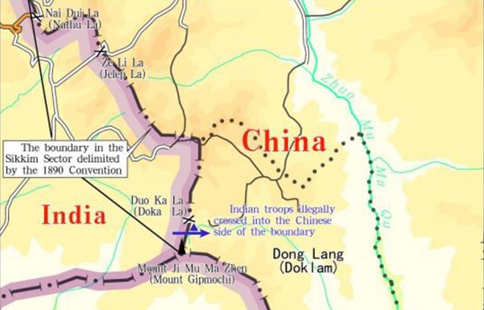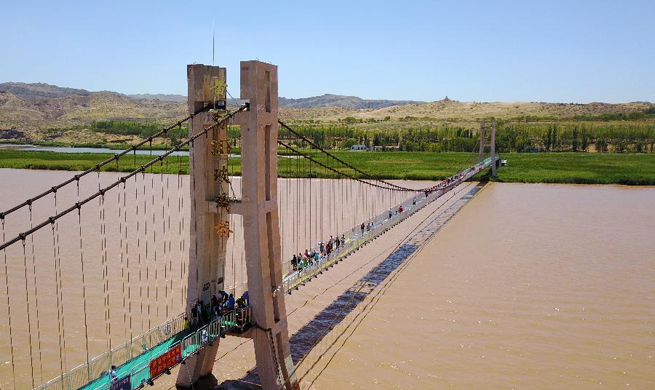WASHINGTON, Aug. 2 (Xinhua) -- The destructive power released by human-induced and naturally occurring earthquakes in the central United States is actually "indistinguishable," a U.S. study said Wednesday.
The finding, published in the U.S. journal Science Advances, contradicted previous observations suggesting that induced earthquakes exhibit weaker shaking than natural ones.
Earthquakes in the central U.S. have increased over the past 10 years due to the expansion of unconventional oil and gas operations that discard wastewater by injecting it into the ground.
About three million people in Oklahoma and southern Kansas live with an increased risk of experiencing induced earthquakes.
A key question is whether these induced earthquakes excite ground motions that are substantially different than those of naturally occurring earthquakes.
To answer this question, the new study used available instrumental recordings to estimate the stress drop -- the difference between the stress across a fault before and after an earthquake -- of 39 moderate-magnitude induced and natural earthquakes in the central U.S and in eastern North America.
Once the faulting mechanism and the depth of the quakes are accounted for, the stress drops of induced and natural earthquakes in the central U.S. share the same characteristics, results showed.
"Our study shows that induced earthquakes and natural earthquakes in the central U.S. are inherently similar, and we can predict the damaging effects of induced earthquakes using the same framework as natural earthquakes," said first author Yihe Huang, an assistant professor at the University of Michigan.
The study also found that naturally occurring earthquakes in the eastern North America may lead to stronger shaking than natural earthquakes in the central United States.
That's because most eastern earthquakes occur on reverse faults, while most central U.S. induced and natural earthquakes occur on strike-slip faults. Reverse-faulting earthquakes typically have stronger shaking than strike-slip earthquakes.
The scientists said that the types of rocks being exploited by unconventional oil and gas recovery in the U.S. and Canada can be found all over the world, making the results of this study widely applicable.
"As we can learn better practices, we can help ensure that the hazards induced earthquakes pose can be reduced in other parts of the world as well," added co-author William Ellsworth, co-director of Stanford University's Center for Induced and Triggered Seismicity.

















